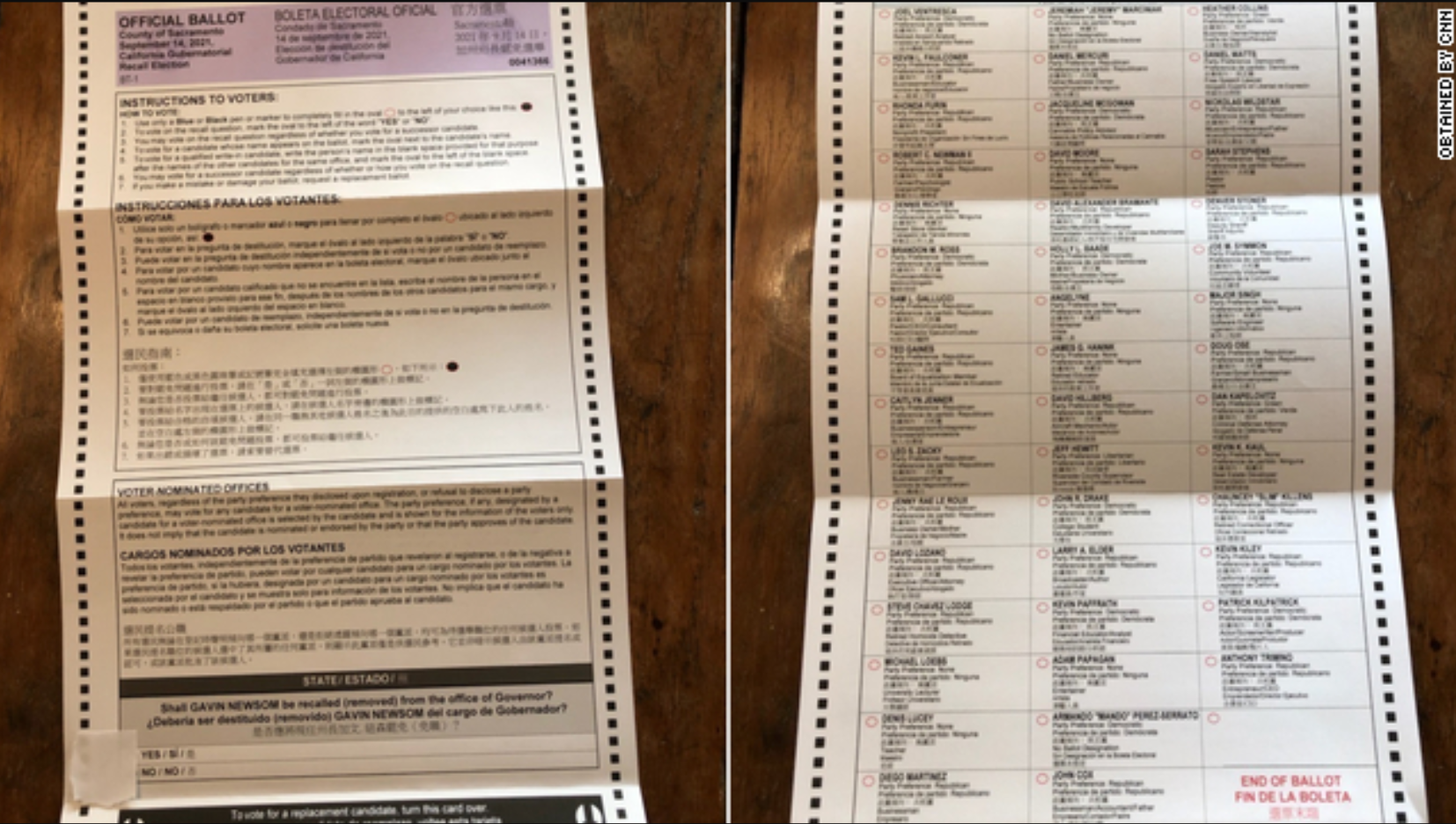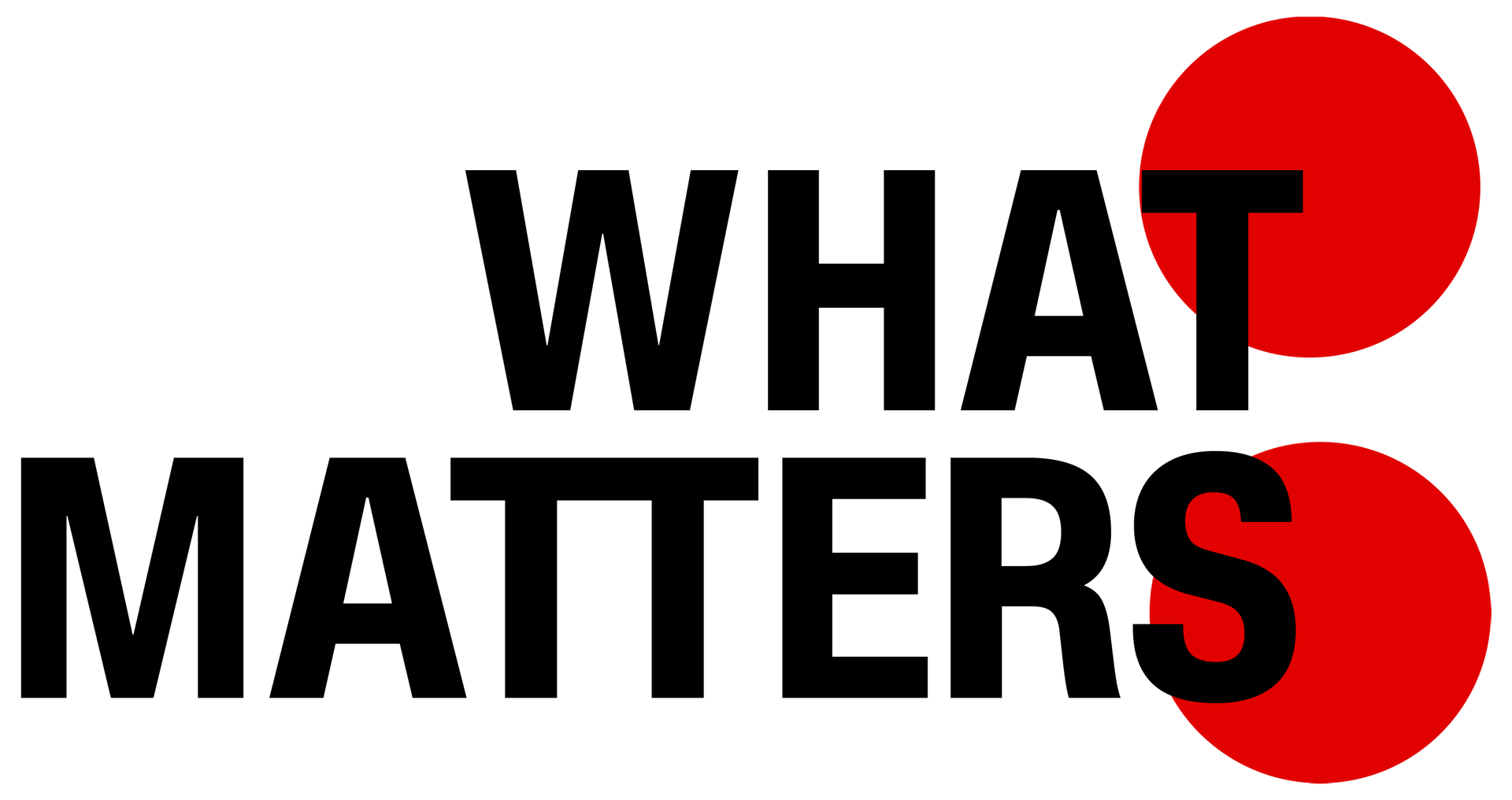| : A quirky way to do democracy California's recall process ranks right up there with the Electoral College when it comes to quirks in US democracy that gives -- or takes way -- Americans' leaders.
But while the the Electoral College is a buffer between the people and their leader -- it routinely allows the person with fewer overall votes to gain control of the White House -- the recall process is a cattle prod to the system, allowing a fraction of voters, through signature petitions, to force a special election in an off year, when voters might be less likely to show up. The rules are many, detailed and confusing, but the bottom line is that if any less than half of the voters who take part oppose the recall of Gov. Gavin Newsom, he'll be out of office. The top vote-getter of the 46 people running to replace Newsom, no matter how few votes that person gets, will be in.
Bottom line: Millions more Californians could vote to oppose the recall than vote to select its next governor, a strange outcome for a process that's supposed to bring people closer to direct democracy.
Recall efforts are common. They rarely get on the ballot. There have been 55 aimed at California governors since 1913. But the one against Newsom is only the second attempt to recall a sitting governor in California history to reach the ballot after voters recalled Gray Davis, a Democrat, in 2003 and replaced him with Arnold Schwarzenegger, a movie star and the state's most recent Republican leader.
None of the would-be Newsom replacements have caught fire like Schwarzenegger did in 2003, when 55% of voters supported the recall and 48% selected Schwarzenegger.
What's different today? Most of the voting will be done by mail. In fact, every registered voter was sent a ballot in the mail. That could give Democrats an advantage since 22 million ballots have been mailed out. Early returns are coming more from Democrats, but they outnumber Republicans 2-1 in the state and Republicans may be waiting to vote on Election Day.
Another advantage for Newsom is that California's fundraising rules allow him to raise unlimited funds, treating the recall as a ballot question. But the candidates running to replace him are treated as candidates and can raise far less.
I'm going to borrow some passages from reports by CNN's Maeve Reston, who has been following this recall and Newsom the whole way.
How does this process work? As Reston recently wrote, "Voters will be asked just two questions on the recall ballot: First, 'yes' or 'no' on whether they want to recall Newsom. Second, they will be asked to select from a list of candidates from all parties who wish to replace him. Forty-six contenders have qualified for the ballot, but there is no well-known Democrat vying to replace him. (Newsom is not allowed to run as a replacement candidate.)"
What does the ballot look like? A friend in California and What Matters subscriber sent in an image of her mail-in ballot. It's a long piece of paper with the recall question at the bottom of the first side. I can see how it would be easy for some people to miss. The rest of the names are on the flip side of the page.

Who else is running? Most of the 46 candidates are Republicans and several have gotten more attention than others. Larry Elder is a conservative radio host and would be the state's first Black governor. But he's run into some major scrutiny for previous comments about women and has been accused of domestic violence and brandishing a gun in 2015. He denies the allegation made by his then-fiancée and former employee Alexandra Datig.
Businessman John Cox, who lost to Newsom in the 2018 election, has been touring the state with a Kodiak bear. Former San Diego Mayor Kevin Faulconer, also a Republican, has criticized Elder and said he would be more supportive of women during a recent debate. Neither Elder, Newsom, nor Caitlyn Jenner, the reality TV star and former Olympian, went to the debate this week.
Is there a backup to Newsom? There are a number of Democrats on the ballot, but the governor's strategy has been to encourage people to vote "no" on recall. Full stop. Keep it simple. That all-or-nothing strategy is either going to be widely criticized in hindsight if someone like Elder, the conservative radio host, is suddenly governor of the biggest blue state in the nation, or smart politics if Newsom survives.
Why is Newsom facing this recall? I'll borrow a succinct two paragraphs from Reston and CNN's Ethan Cohen: The grassroots effort to oust Newsom, who was elected in 2018, was launched last year by a group of conservative Californians critical of the Democratic governor's record on immigration, taxes, the death penalty and the state's homelessness crisis, among other issues. But their quest to collect enough signature petitions to force a recall election took off late last year amid anger about Newsom's Covid-19 stay-at-home orders and other restrictions. And while the governor appeared to be in a strong position to withstand the effort for much of this year, the resurgence of the pandemic and frustration with the state's wildfire, drought and homelessness crises has injected an unexpected level of volatility into the race in an overwhelmingly blue state.
And I'll add, in case you have forgotten, that he went to the French Laundry, one of the fanciest restaurants in the country, for a party when Californians were supposed to be staying home, which was the 21st century Covid-19 version of "let them eat cake."
The election is about so much more than that one dinner, but it will be the detail that follows him into history if he loses. It's also important to remember that while California is a big, blue state, there are a lot of Republicans who live there.
More people voted for Donald Trump in California than in Texas in 2020. In this off-year election, with a governor like Newsom who might draw stronger feelings of anger from Republicans than love from Democrats, all bets are off. Newsom has recovered from his French Laundry snafu from a policy perspective and has support in public opinion polls as he carefully navigated issues like requirements for masks in schools.
He also found a way to pass two rounds of stimulus payments -- checks of up to $500 -- for Californians, the second of which is going out now, as voters consider his recall.
But the state is in far from perfect shape. Here's how Kim Bojórquez put it in the Sacramento Bee: "Wildfires burn. Utilities warn against too much electricity use. Drought devastates California farms. Hospital ICUS hold largely unvaccinated COVID-19 patients. Even those who got vaccines now contemplate the prospect of a third shot."
What are the odds he'll survive? This is from Reston: "In raw numbers, Democrats have a clear advantage in a state where they outnumber Republicans by nearly two-to-one. But many longtime California strategists say it is difficult to predict what the turnout universe will look like in an off-year election in September where every single registered voter in the state will receive a ballot." She also included this bit of data from the firm Political Data Inc., which works with Democratic candidates: Of the 1.5 million ballots sent back so far, 57% of them were Democratic ballots, while only 21% were GOP ballots, according to its tracker.
Related: What you need to know about the California recall
: What are we doing here? We're trying to connect the dots at a time of political, cultural and economic upheaval. All CNN Newsletters | Manage Profile
® © 2021 Cable News Network, Inc. A WarnerMedia Company. All Rights Reserved.
One CNN Center Atlanta, GA 30303
|
SUBSCRIBE TO OUR NEWSLETTER
Our Youtube Channel
Top Articles
-
Baird and NWSL general counsel Lisa Levine were ousted Friday in the wake of a rep...
-
A CDC order that went into effect requiring a negative COVID test before flying to...
eseries.in - All Rights Reserved 2023-2025





